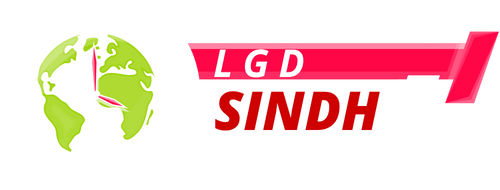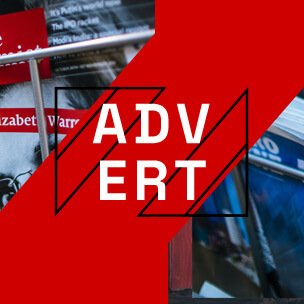Contents
In a bold step to modernize education in Pakistan, TikTok has partnered with the Ministry of IT and the Ministry of Federal Education to launch a dedicated STEM (Science, Technology, Engineering, and Mathematics) content feed on its platform. The initiative is designed to make learning more engaging and accessible—especially for students and young professionals—through short-form educational videos.
Learning Through Swipes: STEM Goes Viral
With its new in-app STEM feed, TikTok is moving beyond dance trends and viral memes to offer a curated stream of content focused on science, technology, engineering, and math. The idea is to harness the app’s massive popularity among youth to deliver high-quality educational material in bite-sized, digestible formats.
But this isn’t just about putting classroom lessons online. The STEM feed is built to spark curiosity, encourage analytical thinking, and inspire a new generation of learners. Whether it’s a physics hack explained in 30 seconds or a chemistry concept demystified through animation, the platform aims to reimagine how students engage with complex subjects.
Empowering Teachers and Content Creators Alike
The initiative goes beyond just launching a feed. TikTok is also collaborating with top academic institutions in Pakistan to train teachers and educators on how to create compelling, short-form STEM content. These sessions are meant to equip them with digital storytelling skills that resonate with Gen Z audiences.
At the same time, TikTok is building a community of local STEM creators—independent educators, scientists, and enthusiasts—who are being supported with resources and guidance to create educational content in Urdu, English, and regional languages. This dual approach ensures that both formal and informal educators have a role in shaping Pakistan’s digital learning landscape.
A Hashtag for the Curious
To boost discoverability and engagement, TikTok has launched the hashtag #StemTok and an accompanying landing page that aggregates content from verified creators, institutions, and media partners. The focus is clear: make science cool, relevant, and reachable for every student with a smartphone.
Government Endorsement and Broader Goals
Federal IT Minister Shaza Fatima Khawaja praised the partnership, calling it a “powerful example” of how technology can democratize education. She emphasized the importance of reaching underrepresented groups, particularly young women, and highlighted how this initiative aligns with national ambitions for digital literacy and skills development.
Wajiha Qamar, Minister of State for Federal Education, echoed those sentiments, noting that digital tools like TikTok, when used responsibly, can revolutionize how students learn and think about science and tech. “This initiative supports our efforts to cultivate a generation that is both future-ready and rooted in critical thinking,” she said.
Representing TikTok, Fahad Muhammad Khan Niazi, Head of Public Policy and Government Relations in Pakistan, framed the partnership as a long-term investment in the country’s youth. “We believe creativity and education can go hand in hand. Through this collaboration, we’re helping students imagine new possibilities in STEM fields.”
Part of a Bigger Picture
This push for digital STEM education fits squarely into the federal government’s broader Digital Pakistan vision championed by Prime Minister Shehbaz Sharif. The goal: use technology not just for economic growth, but to empower a tech-savvy, innovation-driven generation.
Whether this initiative will truly reshape STEM learning remains to be seen—but with the government, academia, and a tech giant like TikTok all on board, the momentum for change is clearly building.


